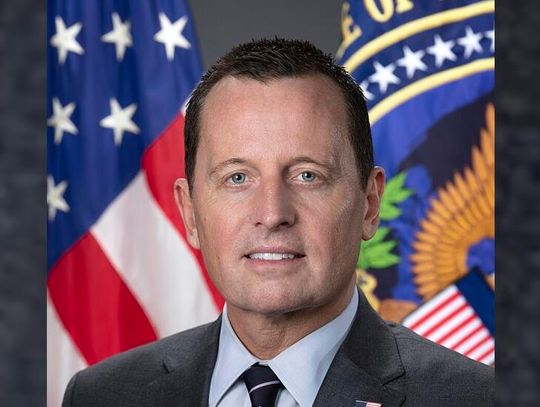Washington, DC – On October 1st, Representatives Bill Foster (IL-11), Donna Edwards (MD-4), Elizabeth Esty (CT-5), and Sean Patrick Maloney (NY-18) reintroduced two pieces of legislation to combat heroin abuse, the Opioid Abuse Prevention and Treatment Act and the Expanding Opportunities for Recovery Act.
“Heroin addiction is devastating our communities. We cannot let the number of lives lost continue to grow, it’s time to take action to reverse this epidemic,” said Foster. “Countless community groups, municipalities and law enforcement officials are working to combat heroin abuse at the local level, but we must do more to support them. That’s why I’m reintroducing this legislation to increase prevention efforts and expand resources for those in recovery.”
“The rising number of opioid addictions and overdoses in Connecticut and across the Northeast is devastating our families and our communities,” said Congresswoman Elizabeth Esty (CT-5). “Many families do not know where to turn, and effective inpatient treatment is often out of reach. Part of the comprehensive solution to addressing opioid abuse needs to be expanding access to treatment. This bill takes an important step forward in improving access to the treatment individuals suffering from addiction need to begin their path to recovery.”
Opioid Abuse Prevention and Treatment Act
This legislation would work to combat the prescription drug abuse epidemic in several ways. First, it would create a program to analyze prescribing behavior and share information about improper prescribing with the state health profession board. Second, it would encourage states to implement drug take-back programs to allow people to dispense of unused prescription drugs. Next, this bill would equip doctors with more resources to help identify potential drug abuse patients, by providing funds to train more personnel in interventions and patient screening.
Additionally, the bill would increase access to non-addictive, lifesaving drugs like Naloxone. The legislation would require the Secretary of Health and Human Services (HHS) to conduct a review to determine whether Naloxone should have over-the-counter drug status. It would also provide grants to study the possibility of allowing advanced nurses and physician’s assistants to prescribe drugs that assist in addiction recovery.
Community programs that provide brief training and equip potential bystanders and emergency responders with Naloxone have demonstrated large reductions in opioid related fatalities. Unfortunately, Naloxone is still considered a prescription drug, enacting large barriers to wide distribution. Multiple states have tackled this issue by implementing liability laws that increase access to Naloxone. However, the only way to effectively place Naloxone in the hands of all those who need it is by making it available over-the-counter.
As the White House Office of National Drug Policy notes, the rise in prescription drug abuse and heroin abuse are interconnected. According to the NIDA, 1 in 15 people who take non-medical prescription pain relievers will try heroin within 10 years. Prescription drugs are highly addictive, but also extremely costly, leading many to seek out heroin, which is often available for a fraction of the price.
Expanding Opportunities for Recovery Act
While in-patient rehbilitation is a proven effective treatment for opioid abuse, many people lack health insurance and are unable to afford such treatment. In addition, many insurance providers require patients to exhaust other options, like out-patient treatment and counseling, before they will cover in-patient rehabilitation. These obstacles prevent opioid abusers from receiving the treatment they need to enter recovery.
This legislation removes barriers to addiction treatment by providing grants for residential/in-patient opioid addiction treatment for qualified individuals. For an individual to qualify, they must either lack health insurance or have health insurance that places a barrier to in-patient treatment, such as a requirement that cheaper but perhaps less effective treatments be exhausted first. Qualified individuals would be able to receive up to 60 consecutive days of treatment under this grant program.
Reklama











